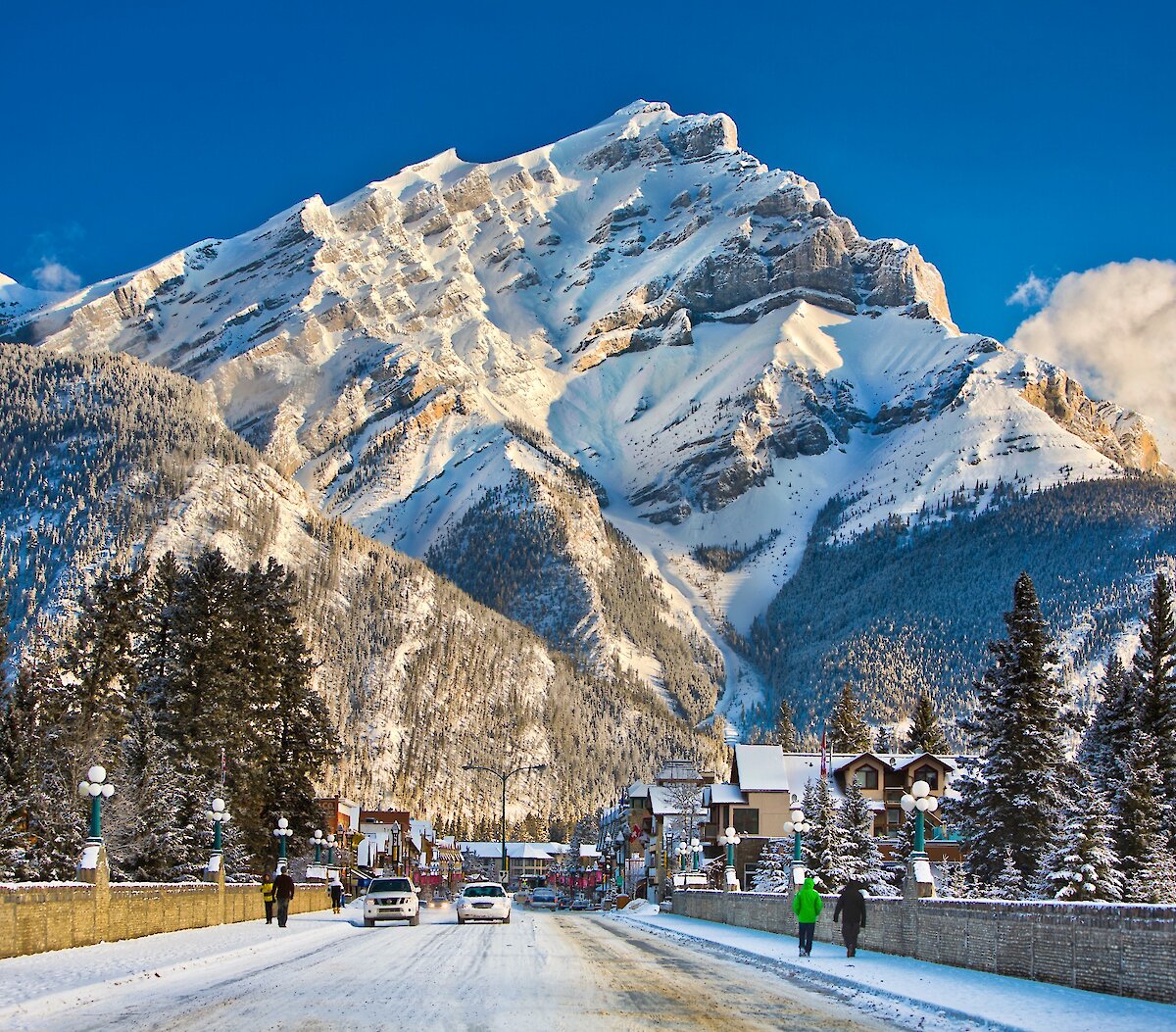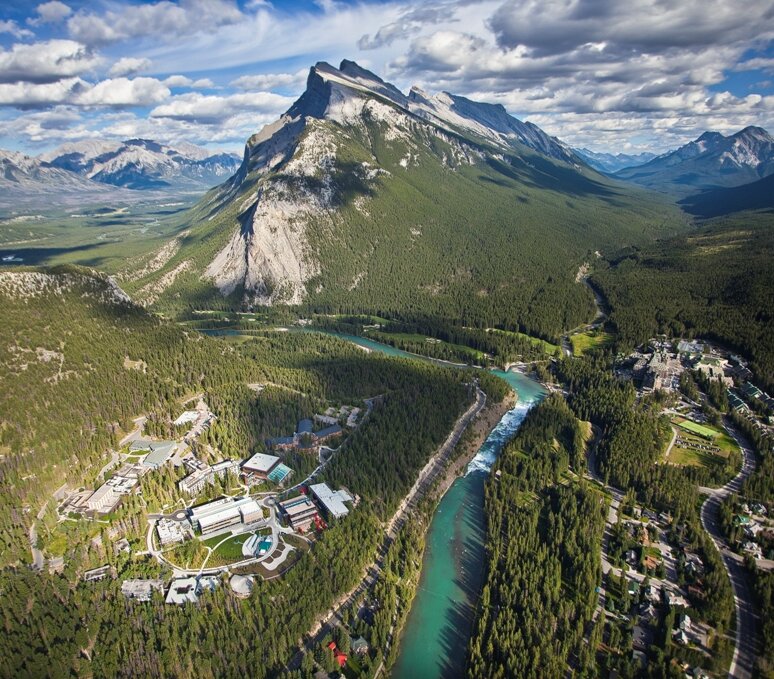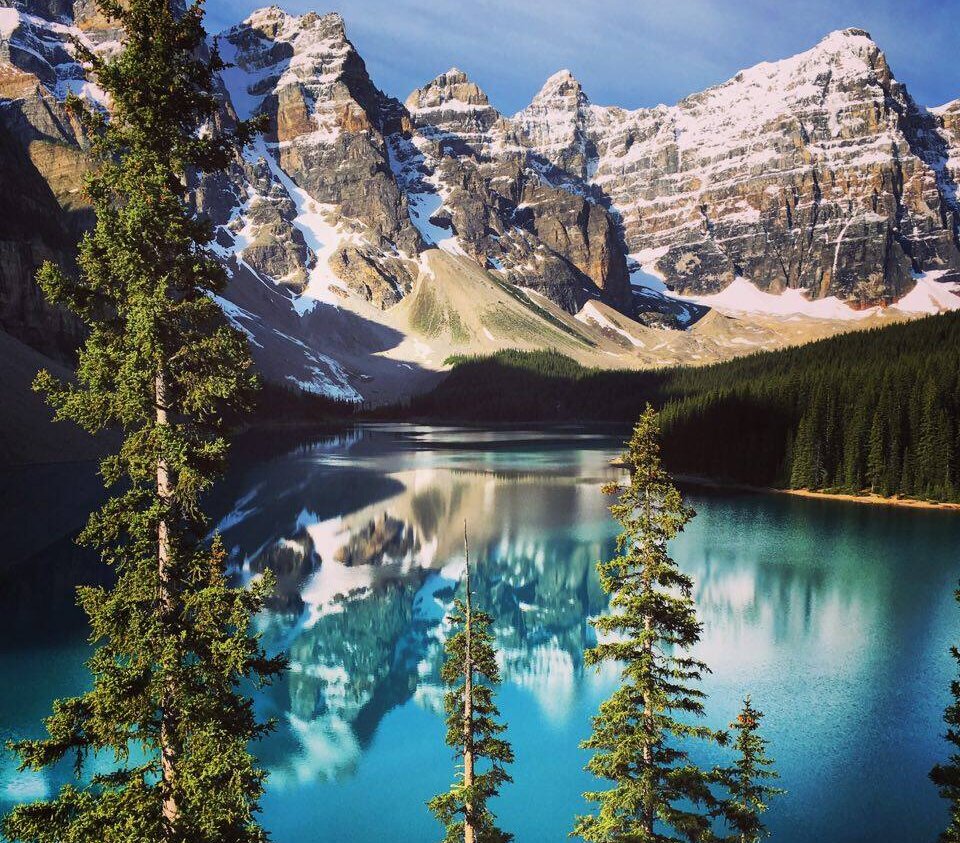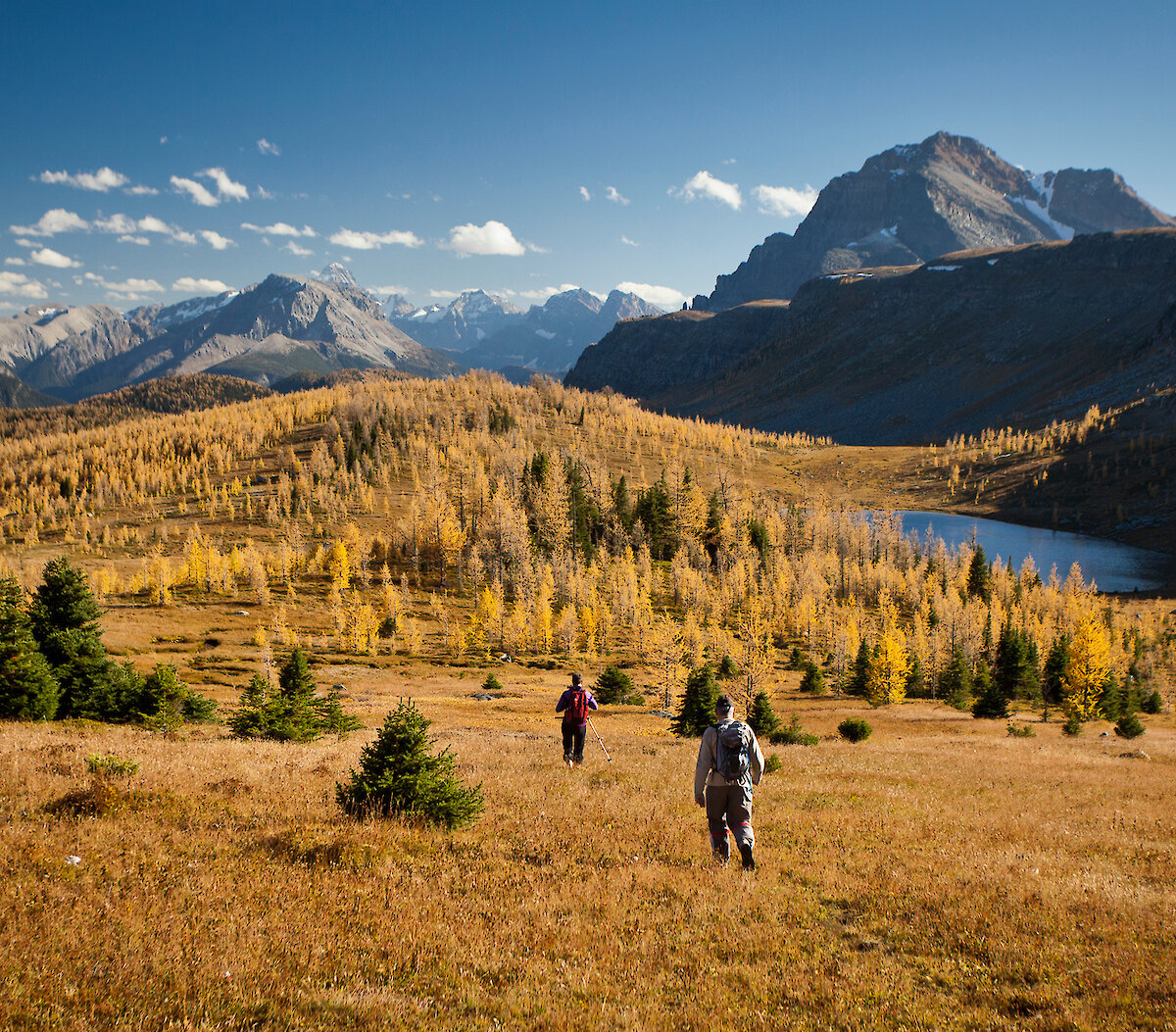Weather & Seasons
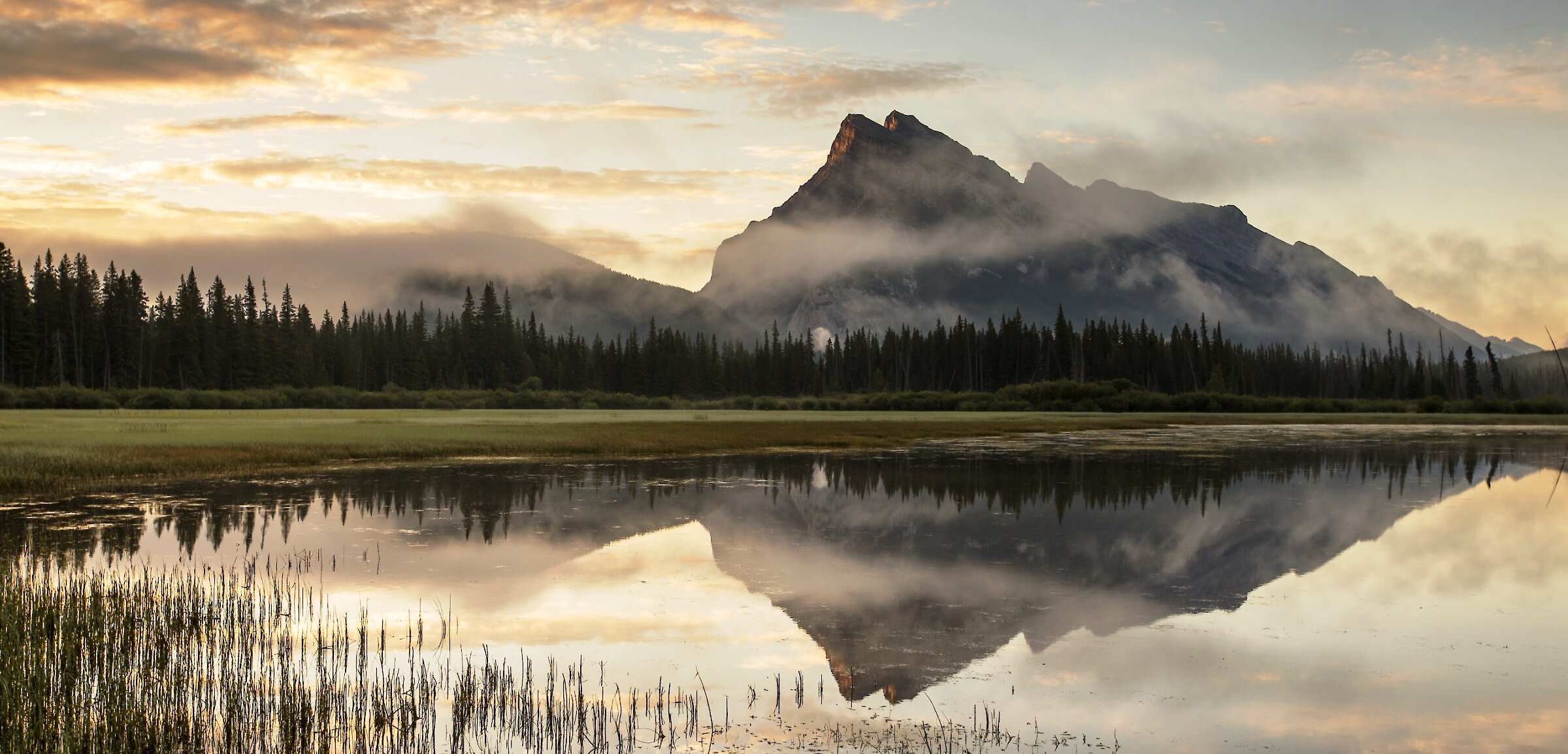
The seasonal weather throughout the Canadian Rockies and around Banff is extremely variable due to high elevation and rugged topography. Banff National Park sees mild summers and cold, snowy winters. It’s been said that the most reliable characteristic of Banff and Lake Louise’s weather is its unpredictability. Be prepared! Make the most of your visit to Banff and Lake Louise by packing for all weather possibilities and checking the forecast and conditions before your trip.
